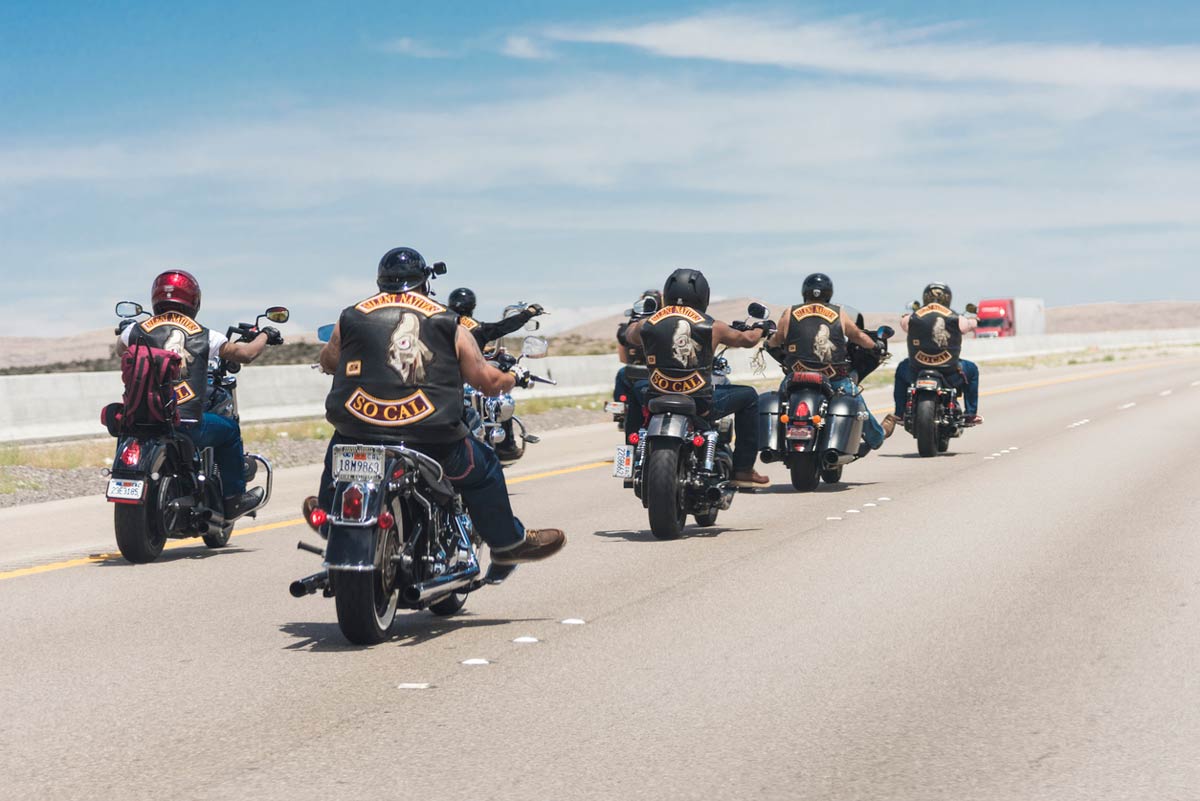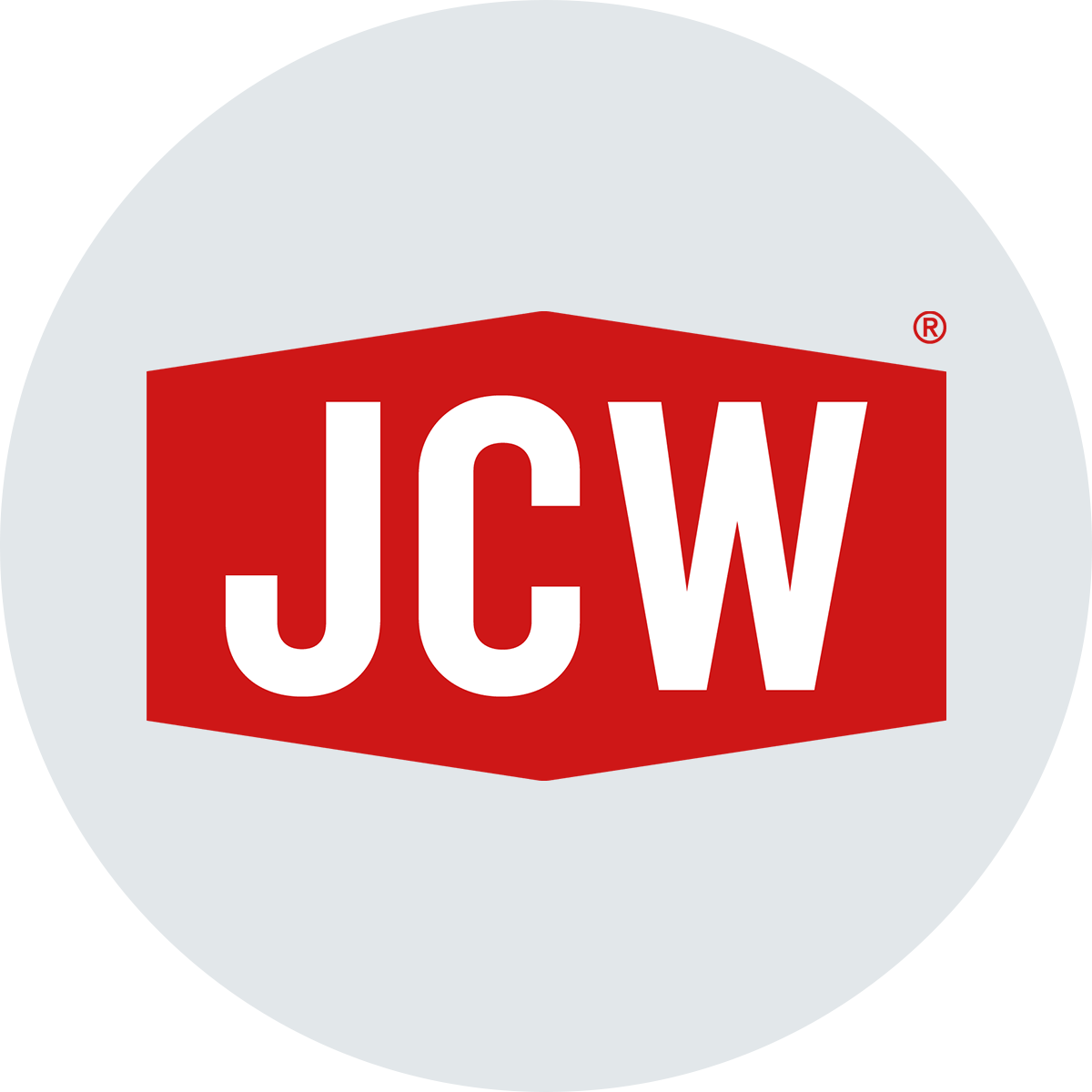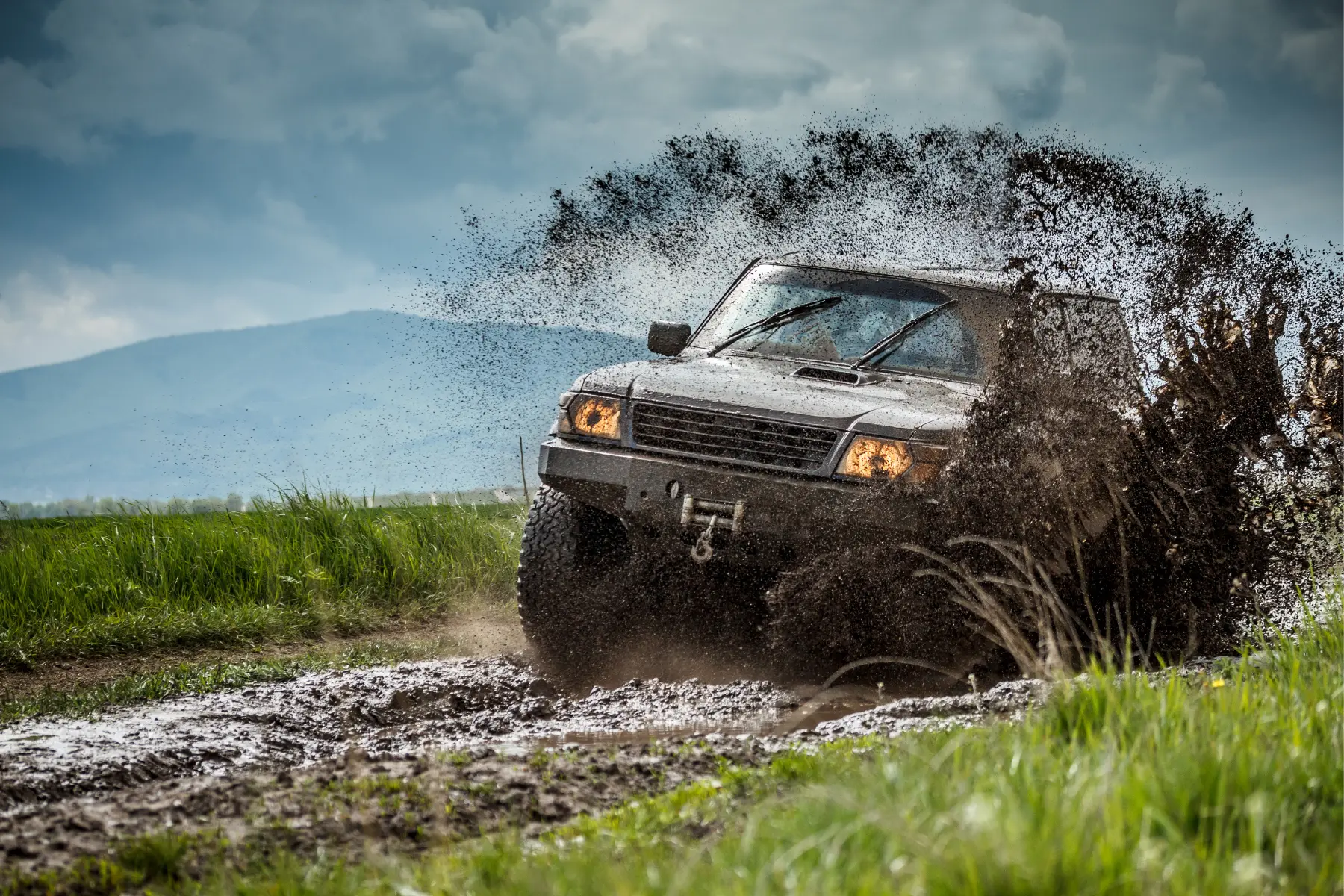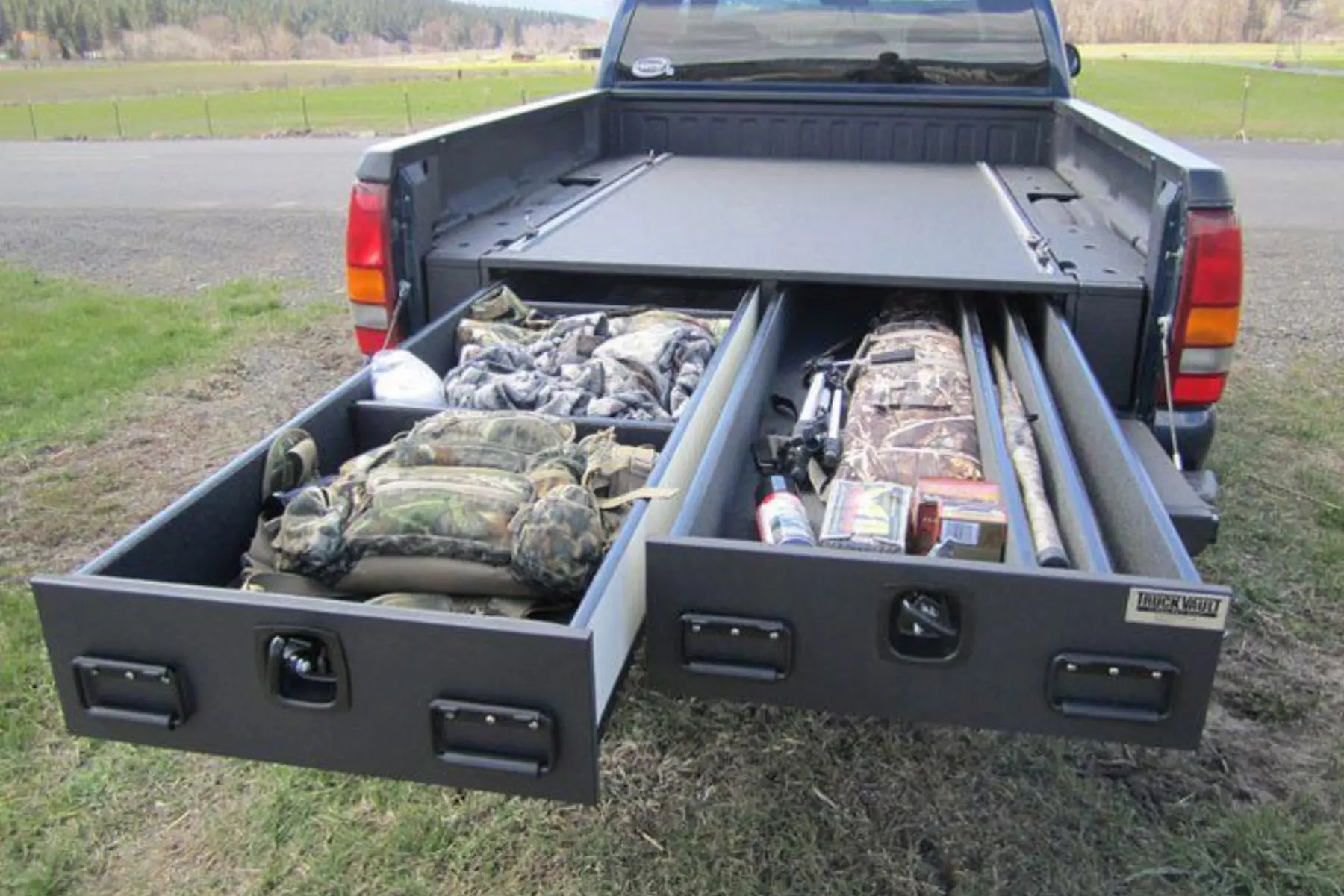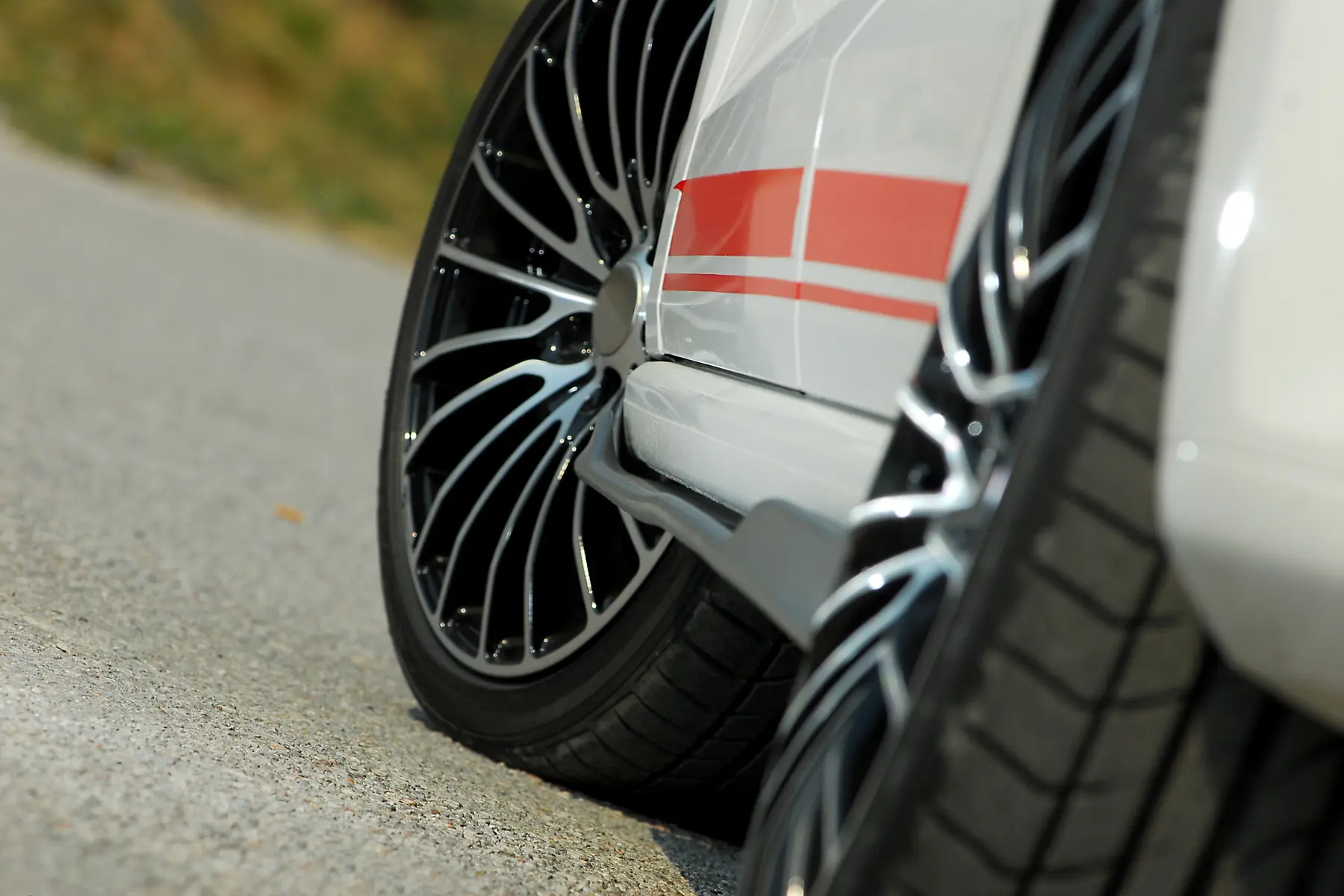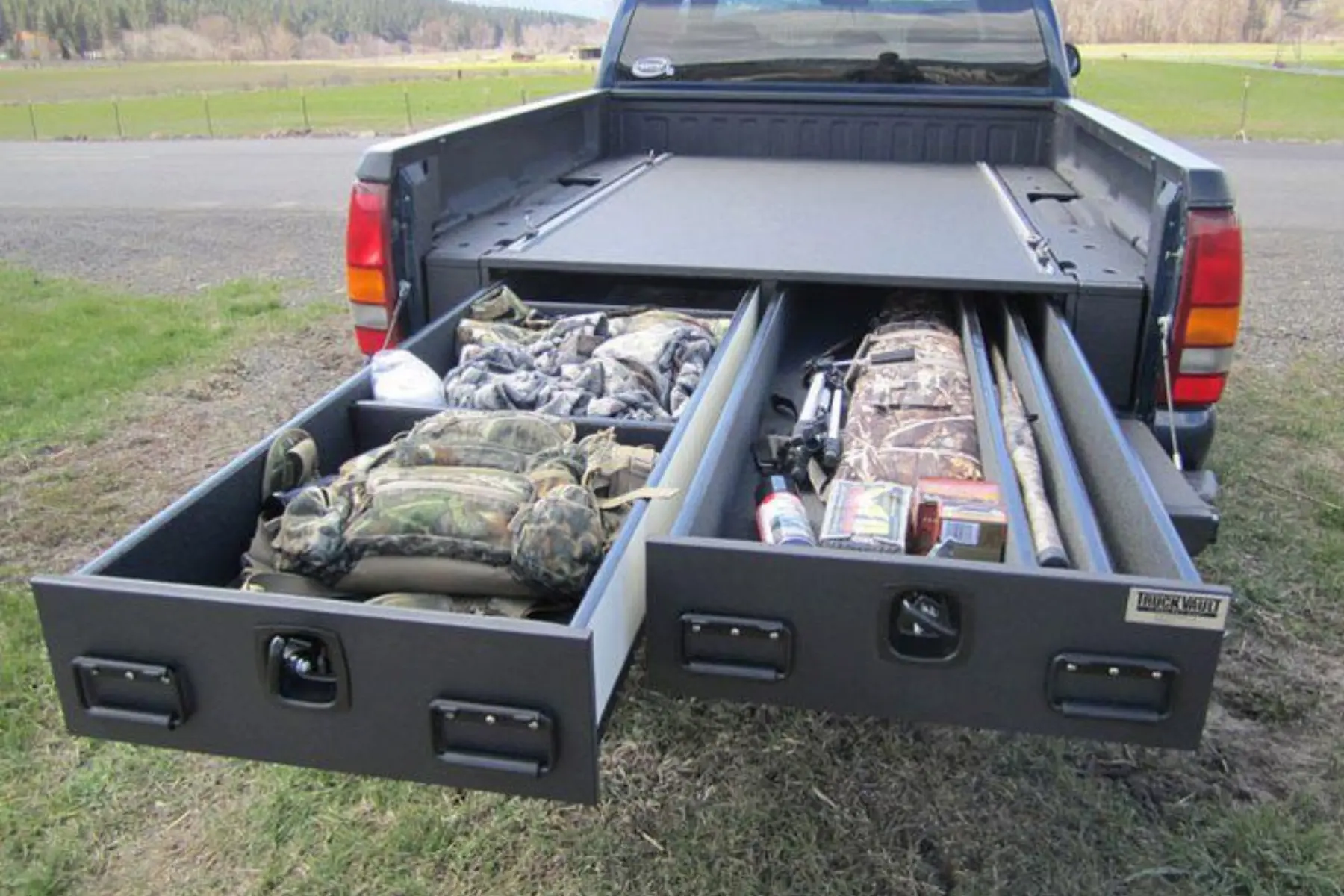Motorcycle enthusiasts began forming groups in the early 20th century, driven by their growing passion for riding. These organizations, initially comprised of riders who shared a love for the open road and a sense of camaraderie, quickly gained popularity. The San Francisco Motorcycle Club, established in 1904, is recognized as the first of its kind. In their early days, these groups often focused on community service, organizing races, and promoting motorcycling as a respected and legitimate pastime. The formation of the American Motorcyclist Association (AMA) in 1924 was pivotal in enhancing the image of motorcycling. The AMA worked tirelessly to promote the positive aspects of riding and foster a strong sense of community among motorcycle enthusiasts.
The intertwining of motorcycle clubs with the criminal underworld began after World War II. Many returning veterans found themselves disillusioned and struggling to reintegrate into civilian life. The freedom and thrill of motorcycle riding provided an escape, leading to the formation of outlaw motorcycle clubs, also known as “one-percenters”; a term derived from the AMA’s statement that 99% of motorcyclists were law-abiding citizens. Clubs like Hells Angels, founded in 1948, and the Outlaws, formed in the 1930s but gaining notoriety post-war, became known for their rebellious attitudes and rejection of societal norms. These groups started engaging in illegal activities such as drug trafficking, extortion, and violent crime to support their lifestyles and assert their dominance.
Cultural references in media and literature played a significant role in cementing motorcycle clubs in the American imagination. The 1953 film “The Wild One,” starring Marlon Brando, depicted a fictional motorcycle gang and brought the image of the rebellious biker to the public. This portrayal was further solidified by Hunter S. Thompson’s 1966 book “Hell’s Angels: The Strange and Terrible Saga of the Outlaw Motorcycle Gangs,” which provided an in-depth look at the notorious Hells Angels. The book highlighted the club’s criminal activities and violent tendencies, capturing the public’s fascination and fear. More recently, the film “The Bike Riders” rolled into theaters depicting the early history of the Outlaw Motorcycle Club. This fresh look at the origins of the largest motorcycle club outside Hells Angels shows that these organizations still hold sway over the cultural imagination.
Television shows and movies in subsequent decades have continued to romanticize and vilify motorcycle clubs. The TV series “Sons of Anarchy,” which aired from 2008 to 2014, delved into the complex world of a fictional outlaw motorcycle club, exploring themes of loyalty, crime, and brotherhood. These cultural portrayals, combined with real-life incidents and law enforcement crackdowns, have reinforced the image of motorcycle clubs as both dangerous and intriguing elements of American subculture.
Overall, the early history of motorcycle clubs reflects a transformation from hobbyist groups to organizations deeply embedded in the criminal underworld, with cultural representations playing a significant role in shaping their public perception.
The History of Hells Angels
The Hells Angels Motorcycle Club (HAMC) was founded in 1948 in Fontana, California. Initially formed by a group of World War II veterans who sought the camaraderie and excitement they missed after returning to civilian life, the name Hells Angels is believed to have been inspired by the nickname of a bomber squadron from the war. Over the years, the Hells Angels expanded rapidly, establishing chapters across the United States and eventually around the world. The club’s emblem, a skull with wings, and their motto, “When we do right, nobody remembers. When we do wrong, nobody forgets,” became symbols of their rebellious and often violent nature.
Hells Angels gained notoriety in the 1960s and 1970s for their involvement in various criminal activities, including drug trafficking, extortion, and violent confrontations with rival clubs. One of the most infamous incidents involving the Hells Angels was the Altamont Free Concert in 1969, where they were hired to provide security and ended up violently clashing with the crowd, resulting in the death of a concertgoer. This event, along with numerous run-ins with law enforcement, solidified their reputation as a dangerous and lawless organization.
The History of the Outlaws
The Outlaws Motorcycle Club (OMC), also known as the American Outlaws Association (AOA), has roots dating back to 1935 when it was founded in McCook, Illinois. Initially a small local club, the Outlaws underwent significant changes after World War II, mirroring the rise of the outlaw biker culture. The club adopted the motto “God Forgives, Outlaws Don’t” and a logo featuring a skull and crossed pistons, which they call “Charlie.”
Throughout the 1950s and 1960s, the Outlaws expanded their influence, establishing chapters across the Midwest and East Coast of the United States. Like Hells Angels, the Outlaws became heavily involved in criminal enterprises including drug trafficking, illegal weapons sales, and violent confrontations with both law enforcement and rival motorcycle clubs. Their long-standing rivalry with Hells Angels led to numerous violent clashes, contributing to their fearsome reputation.
Similarities and Differences
Both Hells Angels and the Outlaws emerged from the post-World War II era, founded by veterans who sought a sense of belonging and adventure. They both quickly adopted the outlaw biker persona, engaging in criminal activities to support their operations and lifestyles. Both clubs have a hierarchical structure with strict codes of conduct, and they emphasize loyalty and brotherhood among their members. Hells Angels and the Outlaws have also been involved in violent confrontations with each other and with other rival clubs, contributing to their notoriety.
While Hells Angels originated on the West Coast, the Outlaws were founded in the Midwest, giving each club a distinct regional influence in their early years. Hells Angels’ emblem and name were inspired by wartime experiences, whereas the Outlaws’ logo and name reflect a more straightforward rebellious image. In terms of expansion, Hells Angels were quicker to establish an international presence, with chapters in Canada, Europe, and beyond, while the Outlaws primarily focused on expanding within the United States before moving internationally.
Both clubs continue to operate globally and maintain their involvement in criminal activities, though law enforcement efforts have curtailed some of their operations. Despite these crackdowns, Hells Angels and the Outlaws remain powerful and influential figures within the outlaw biker community, each with its own legacy of rebellion and lawlessness.
